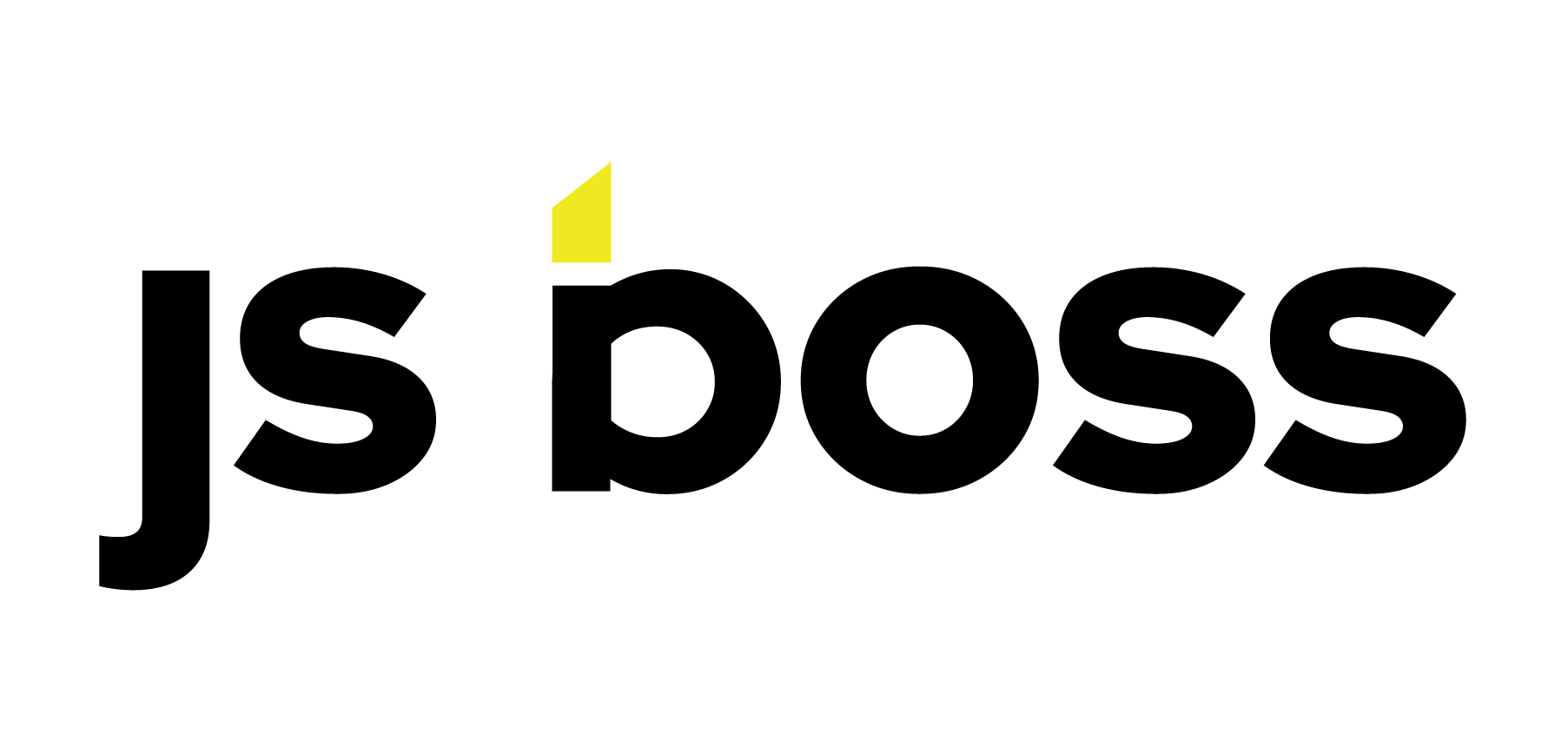The Future of Procurement Process: How Modern Trends Are Reshaping Supply Chain Operations
Procurement teams play a vital role in ensuring that businesses obtain the goods and services necessary for daily operations at competitive prices. However, in today’s dynamic market, procurement leaders face new challenges: rising supplier costs, labor shortages, customer expectations for sustainable practices, and increasing regulatory requirements. To stay competitive, procurement teams must embrace modernization and adapt to emerging trends that are reshaping supply chain operations.
From digital procurement solutions and AI-powered technologies to sustainability initiatives and enhanced risk management strategies, here’s an exploration of procurement trends and how businesses can leverage them to achieve operational excellence.
What Are Procurement Process Trends?
Procurement process trends represent the shifts in strategies, technologies, and practices that influence how businesses source goods and services. These trends are pushing procurement leaders to move away from outdated, manual processes and adopt data-driven, sustainable, and automated approaches. Staying ahead of these trends can significantly impact cost savings, operational efficiency, and business reputation.
Some key drivers of procurement trends include:
-
Digitization: Adoption of cloud-based systems and automation tools to streamline procurement processes.
-
Sustainability: Meeting customer and regulatory demands for transparent, eco-friendly supply chains.
-
Risk Management: Proactively identifying and mitigating risks in increasingly volatile global supply chains.
-
Talent Development: Upskilling procurement professionals to keep up with new technologies and trends.
How Do Procurement Process Trends Impact Businesses?
Procurement trends influence every stage of the procurement lifecycle—from sourcing suppliers to managing invoices.
For example:
-
Digital Procurement: Provides real-time visibility into costs and supplier performance.
-
AI and Automation: Streamlines tasks such as invoice processing and supplier evaluations, reducing manual errors.
-
Sustainability Practices: Align procurement operations with broader environmental, social, and governance (ESG) goals.
-
Supplier Diversification: Enhances resilience by reducing dependency on a single supplier or region.
By leveraging these trends, businesses can optimize procurement workflows, improve supplier relationships, and achieve long-term cost savings.
Top Procurement Trends to Watch
1. Digital Procurement Transformation
Gone are the days of manual spreadsheets and scattered data. Digital procurement solutions centralize procurement operations, providing a single platform to manage supplier relationships, track spending, and ensure compliance. For example, NetSuite Procurement automates key tasks like invoicing and supplier evaluations, improving efficiency while reducing costs.
2. Advancements in AI and Automation
AI-powered technologies are transforming procurement by enabling predictive analytics, anomaly detection, and automated workflows. Generative AI, for instance, can analyze supplier bids and recommend the best options, saving time and improving accuracy.
3. Sustainability in Procurement
Sustainability is no longer optional. Businesses are adopting eco-friendly practices, such as sourcing from local suppliers to reduce carbon emissions. Governments, too, are introducing sustainability regulations, such as the U.S. Federal Sustainability Plan, which aims for net-zero emissions in procurement by 2050.
4. Enhanced Risk Management
With supply chains becoming more complex, procurement teams are using supply chain mapping and scenario planning to identify risks and develop contingency plans. For example, sourcing backup suppliers can minimize disruptions caused by geopolitical tensions or natural disasters.
5. Supplier Development and Growth
Building strong relationships with reliable suppliers is crucial. Supplier relationship management (SRM) tools track KPIs like lead times and defect rates to ensure supplier performance aligns with business goals. Collaboration with suppliers fosters loyalty and adaptability in times of disruption.
6. Training and Upskilling
As procurement processes become more digital, upskilling employees is essential. For example, training teams to use AI-powered supplier management tools can unlock efficiency gains and ensure successful technology adoption.
7. Procurement Diversification
Diversifying suppliers across regions and channels reduces dependency and mitigates risks. For example, a food manufacturer might source ingredients from multiple suppliers to avoid disruptions during harvest shortages or shipping delays.
8. Focus on ESG Goals
Procurement teams are central to achieving ESG objectives, such as reducing Scope 3 emissions—indirect emissions across a company’s supply chain. Leveraging technologies like NetSuite helps businesses track supplier sustainability metrics and align with net-zero targets.
Benefits of Embracing Procurement Trends
Procurement trends provide significant benefits to businesses, including:
-
Cost Savings: Automation and AI reduce operational inefficiencies and eliminate unnecessary expenses.
-
Enhanced Visibility: Digital solutions offer real-time insights into procurement data and supplier performance.
-
Improved Supplier Relationships: Collaboration tools strengthen partnerships, driving loyalty and agility.
-
Sustainability Leadership: Aligning with ESG goals boosts reputation and compliance with regulatory requirements.
-
Talent Retention: Upskilling and modernizing processes create a more rewarding work environment for employees.
Navigate Procurement Trends With NetSuite
NetSuite Procurement provides businesses with the tools they need to adapt to emerging trends and build resilient, efficient supply chain operations. By centralizing procurement processes, automating manual tasks, and providing real-time visibility into supplier performance, NetSuite helps procurement leaders make data-driven decisions that align with their business goals.
Key features of NetSuite Procurement include:
-
Supplier management and performance tracking.
-
Automated invoice processing and payment approvals.
-
Real-time insights into spending and compliance.
-
Integration with inventory management and accounting.
As procurement trends continue to evolve, businesses that invest in modern procurement solutions like NetSuite will be better equipped to navigate challenges, optimize costs, and drive long-term success.
Reach out to our team to learn more about a demo and pricing.


